From Old to Gold: Renovating Historic Roofing for Modern Buildings
May , 2024 | 9 min. read
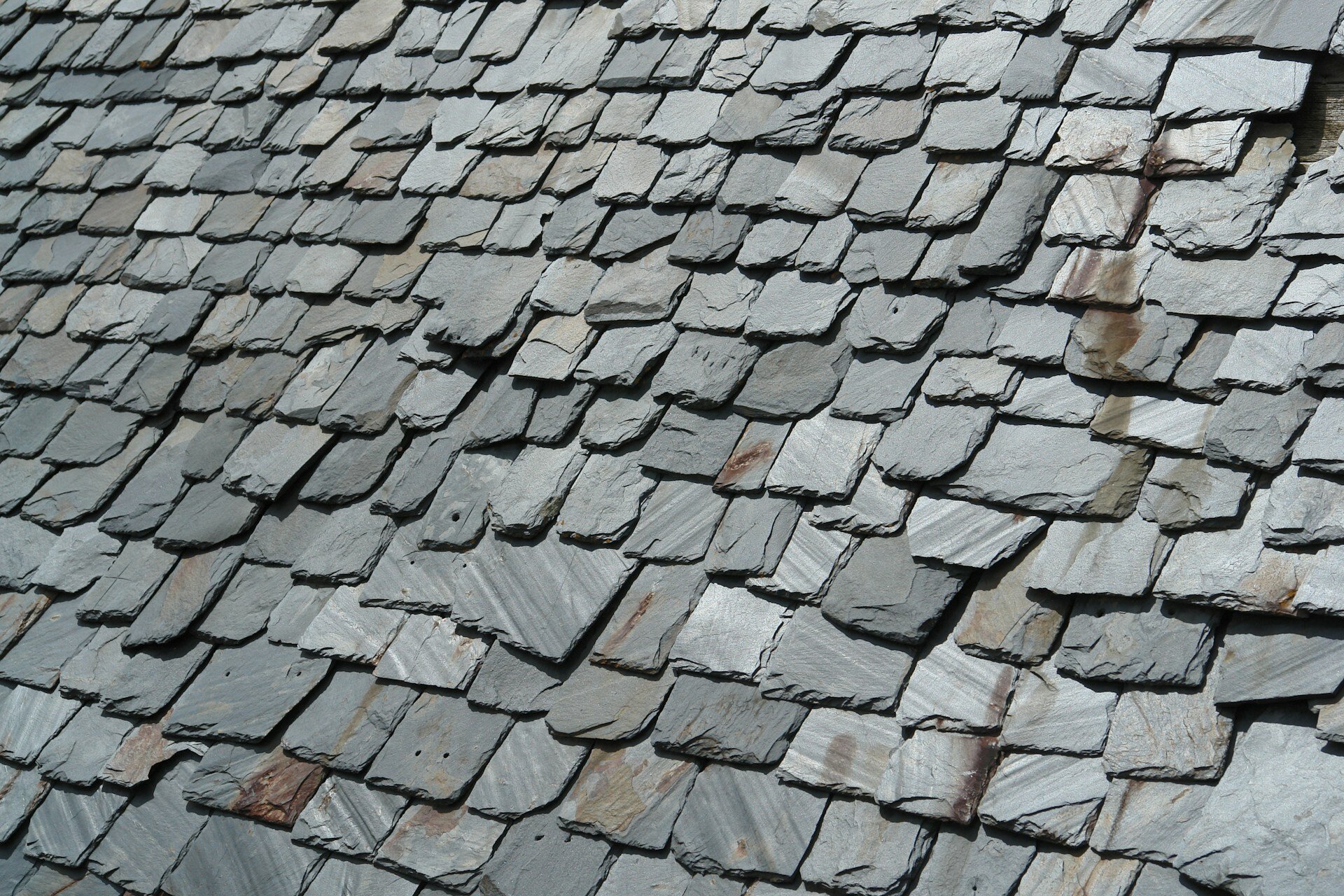
There’s something just inherently charming about historic buildings. Their unique architectural details and storied pasts often stand in stark contrast to the sleek, modern constructions dominating cityscapes today. One of the most distinctive features of these venerable structures is their roofs.
Renovating historic roofing styles for modern buildings isn’t just about preserving history; it’s about blending the old with the new in a way that’s both stylish and sustainable. At RoofCrafters, we’re all for keeping the past alive, especially when it means combining a specific style with that of something more modern.
So, if you’re interested in how you can bring a storied past to life on a more modern-styled piece of property, you’re in luck! Stick around until the end of this article to learn more about the charm of historic roofing styles, the different types, and how you can integrate them into your very own roof! Let’s get started.
The Charm of Historic Roofing Styles
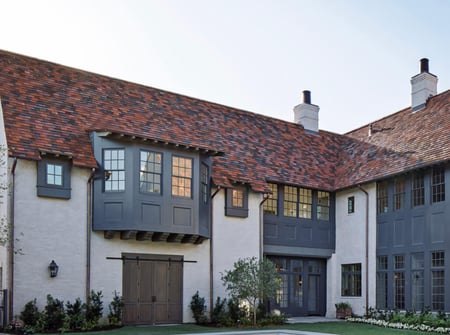
Historic roofs are a testament to the craftsmanship and materials of their time. Think about the intricate designs of Victorian-era shingles, the sturdy clay tiles of Mediterranean villas, or the elegant slate roofs adorning stately manors. Each style tells a story, reflecting the cultural and technological context of its era. Today, architects and builders are increasingly recognizing the value of these traditional designs and are finding innovative ways to incorporate them into modern buildings. It's sort of like clothing style; it always cycles back around! Hello, Y2K!
Slate Roofs

Slate roofs, known for their durability and classic aesthetic, are a favorite in both historic and modern architecture. Originating in the northeastern United States and parts of Europe, slate was a popular choice for its long-lasting nature and natural beauty. A well-maintained slate roof can last over a century, making it an excellent candidate for renovation and reuse.
Modern adaptations of slate roofs often involve the use of synthetic slate tiles. These tiles mimic the look of natural slate but are lighter and easier to install. They also tend to be more affordable, without sacrificing the elegance and durability that make slate a desirable choice. Using synthetic materials can also be more environmentally friendly, reducing the need for quarrying and transporting heavy stone.
Clay Tiles
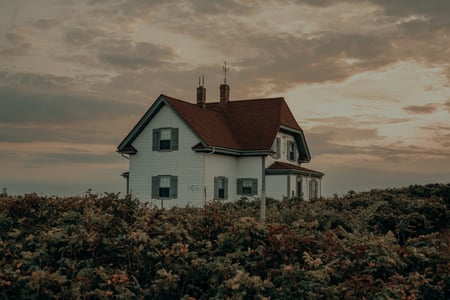
Clay tiles bring to mind the warm, sun-drenched landscapes of the Mediterranean. These tiles have been used for centuries in regions like Spain and Italy, prized for their ability to keep buildings cool and withstand harsh weather. The characteristic red or terracotta hue of traditional clay tiles adds a rustic, inviting charm to any building.
Modern clay tiles are not just about replicating the look of their historic counterparts. Advances in manufacturing have led to the development of tiles that are more resilient and energy-efficient. Some modern versions incorporate solar cells, turning the roof into a renewable energy source without compromising on aesthetic appeal. Additionally, recycled materials are increasingly being used in clay tile production, aligning with the growing emphasis on sustainability in construction.
Wooden Shingles
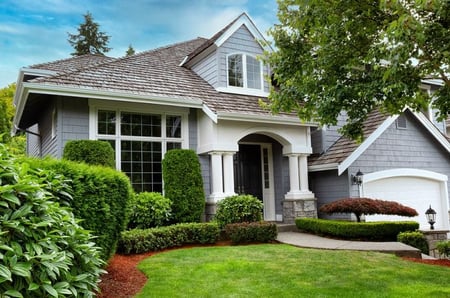
Wooden shingles and shakes, commonly seen on early American homes and colonial-style buildings, offer a rustic and natural look that’s hard to replicate with other materials. Traditionally made from cedar, redwood, or oak, these shingles weather beautifully over time, developing a unique patina.
In modern renovations, wooden shingles are being revitalized with a focus on sustainability. Sourcing wood from sustainable forests and treating it with eco-friendly preservatives helps extend the life of the shingles and reduces their environmental impact. Additionally, modern installation techniques and treatments can make wooden roofs more fire-resistant, addressing one of the major concerns with using wood as a roofing material.
Metal Roofs
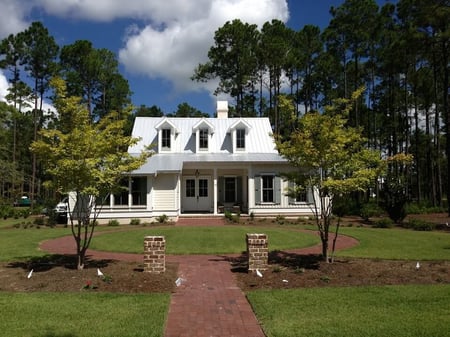
Historically, metal roofs were often associated with utilitarian structures like barns and industrial buildings. However, their durability and distinctive appearance have led to a resurgence in their popularity for both residential and commercial properties. Materials like copper, zinc, and galvanized steel offer a sleek, modern look that can complement contemporary architectural styles while paying homage to the past.
One of the significant advantages of metal roofs is their longevity. A well-maintained metal roof can last 50 years or more, and metals like copper develop a beautiful patina over time, adding to their aesthetic appeal. Modern metal roofs often come with reflective coatings that improve energy efficiency by reflecting heat away from the building, making them a smart choice for both historic renovations and new constructions.
Thatch Roofs

Thatch roofs, with their picturesque, storybook quality, are among the oldest roofing styles, commonly seen in the UK and other parts of Europe. Traditionally made from straw, reeds, or similar materials, thatch roofs are excellent insulators, keeping homes warm in the winter and cool in the summer.
In contemporary architecture, thatch roofs are being reimagined with modern materials and techniques. Synthetic thatch, made from durable, weather-resistant materials, replicates the look of traditional thatch while offering greater longevity and reduced maintenance. This approach allows architects to incorporate the charming aesthetic of thatch roofs into modern designs without the drawbacks associated with natural thatch.
Integrating Historic Styles into Modern Buildings
Blending historic roofing styles with modern construction isn’t just about aesthetics; it’s about creating a dialogue between the past and the present. Renovating historic roofs involves careful consideration of materials, techniques, and the overall design ethos of both the old and the new.
One successful approach is to use historic roofing styles on key architectural elements or sections of a building while employing modern materials and techniques elsewhere. This method creates a striking contrast that highlights the beauty of the historic elements without compromising the building's overall functionality and efficiency.
Another strategy is to incorporate modern technology into historic designs. For example, integrating solar panels into slate or clay tile roofs can preserve the traditional look while providing modern energy solutions. Similarly, using recycled or synthetic materials can maintain the aesthetic integrity of historic roofs while making them more sustainable and easier to maintain.
The Role of Skilled Craftsmanship
Renovating historic roofs requires a high level of craftsmanship and expertise. Skilled artisans who understand traditional roofing techniques are essential to ensure that the renovation is both authentic and durable. These craftsmen work closely with architects and builders to replicate historic details accurately and to adapt them to modern standards.
Investing in skilled labor not only preserves the integrity of historic roofing styles but also supports the continuation of traditional crafts. As more buildings undergo renovation, the demand for these specialized skills grows, contributing to the preservation of cultural heritage and the promotion of sustainable building practices.
A Fusion of Heritage and Innovation
All in all, renovating historic roofing styles for modern buildings is a fascinating blend of heritage and innovation. It involves honoring the past by preserving the unique character and craftsmanship of historic roofs while embracing modern materials and technologies to enhance their functionality and sustainability.
This approach creates buildings that are not only visually appealing but also environmentally responsible and efficient. By looking to the past, we can find inspiration and techniques that enrich our modern architectural landscape, proving that old styles can indeed be transformed into gold.
As we continue to innovate, let’s remember the timeless beauty and enduring value of historic roofing styles, ensuring they remain a vibrant part of our built environment for generations to come. If you’re inspired, and feeling ready for your “new” roof, be sure to hit the “Schedule an Inspection” button down below!
*RoofCrafters operates in Georgia, Florida, and South Carolina*
My name is Cassie, and I’m the Content Manager here at RoofCrafters. I was born and raised in Chicago, Illinois, and made my way out to Florida post-college graduation. I’m incredibly passionate about writing and creating valuable content that helps others with the collaboration of my marketing team. When I’m not working, I enjoy shopping (a little too much), spending time at the beach, and reading!



